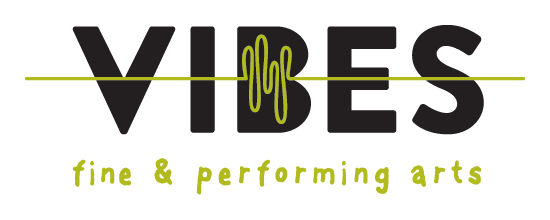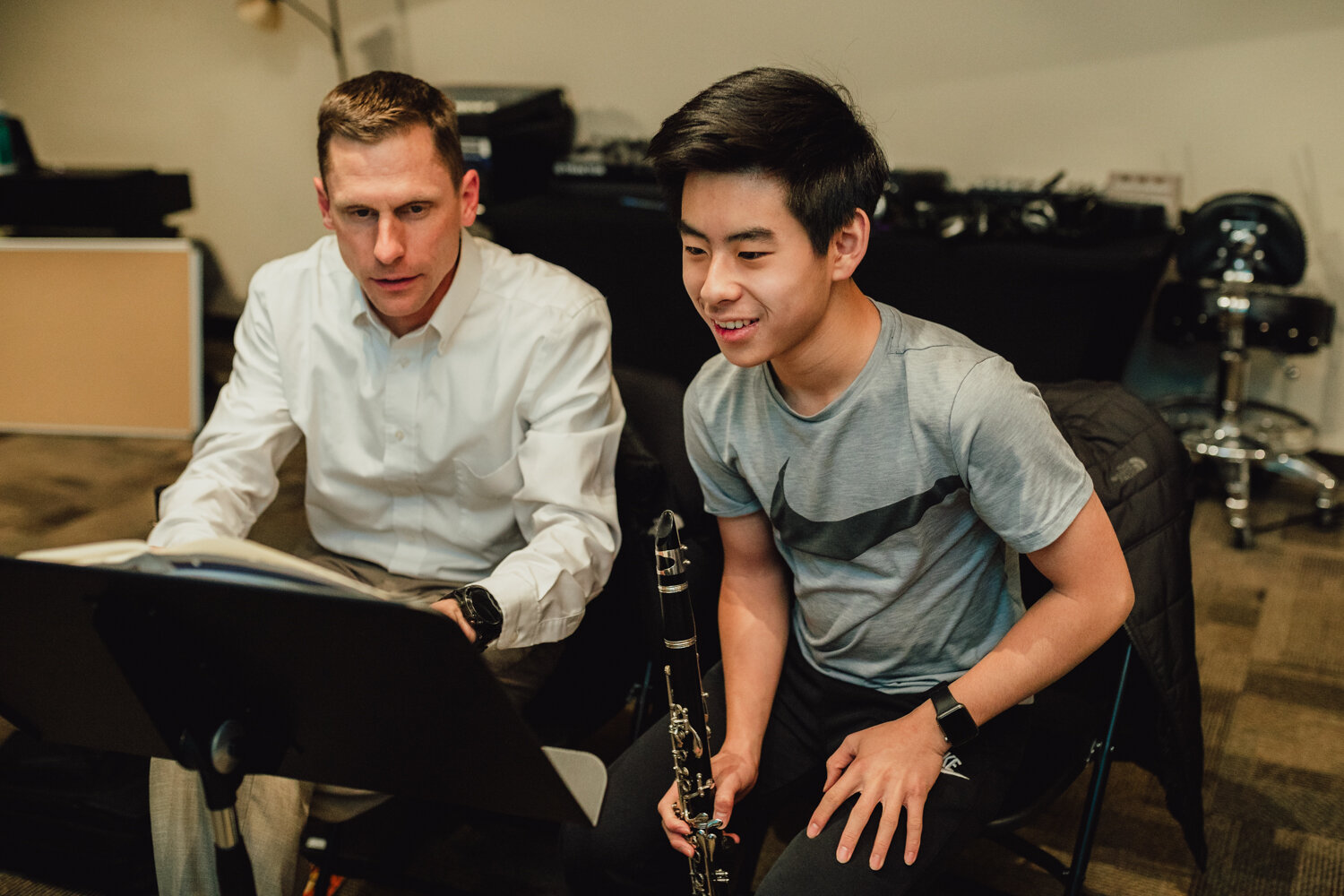Learning Music: Why Every Student Is Different
Everyone processes information in different ways and at various tempos and paces. And that’s okay! It’s actually a wonderful thing, and it applies to your music lessons and classes. In this blog, we will break down the VARK model of learning. These insights can help support students of all ages in learning music.
There are several different models of learning methods. For the purposes of music classes and lessons, we are highlighting the VARK model. The VARK model categorizes the way that students learn into 4 groups: Visual, Auditory, Reading/writing, and Kinesthetic.
Visual:
Visual learners understand concepts and tasks through watching other people demonstrate. They also like to see information presented through drawings and graphics.
Have your teacher demonstrate.
Discover the rhythmic patterns and shaping of the music. Draw it out.
Explain to your teacher that imagery is helpful, and ask if they’ll draw that imagery in your notes.
Visualize yourself playing perfectly.
Watch videos of professional performers and attend live performances!
Auditory:
Auditory learners need to hear things out loud in order to process them. They prefer to hear instructions rather than see or read them.
Ask your teacher to vocalize the methods or techniques they’re teaching, and repeat out loud.
Ask lots of questions.
Record yourself playing and listen back.
Listen to professional recordings of the pieces you are learning.
Reading/Writing:
Reading/Writing learners are similar to visual learners in that they need to see the material they’re learning. However, the main difference is that while visual learners often like to see graphics or other images that represent a concept, reading/writing learners would rather see a written explanation. They also process information by writing it out themselves.
Bring a notebook. Ask your teacher to take notes. Copy them later on your own time.
Read up on music techniques and skills in books or online.
During your practice time, keep a practice journal. Write out self-critiques or comments to use for reflection.
Kinesthetic:
Kinesthetic learners need to do tasks themselves in order for it to “click.” They are hands-on. They can process information better while moving. It is also helpful for them to move often.
Take breaks and move positions.
When your teacher demonstrates, do it along with them or right after them.
Many learners benefit from a physical adjustment of posture, breathing, and hand placement.
You may be a combination of these learning styles. The most important thing is know yourself and how you process information the best, and then communicate that with your teacher!
We hope this blog has helped you understand a bit about yourself or your child! As music educators, we want to encourage all types of learning styles and give you the best possible tools and environment for success.
Cheers to learning!
The VIBES Team
Sources:
Engagement Looks Different For Every Child
The Four Different Types of Learners, and What They Mean to Your Presentations [INFOGRAPHIC]





